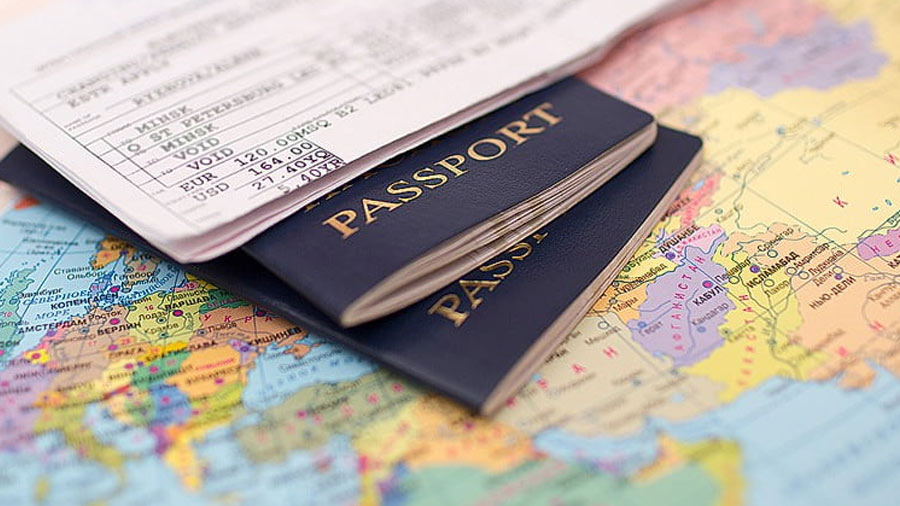China Considers Newly Proposed Free Trade Zones
Dec. 31 – China is currently considering new regional free trade zones (FTZs) based on the launch of the Shanghai FTZ. As reported by the Shanghai Securities News, which is a Shanghai-based news agency subordinated to Xinhua News Agency, a proposal to build a regional FTZ incorporating Guangdong, Hong Kong and Macao, the three key areas of the Pearl River Delta (PRD), was submitted to China’s State Council for approval in mid-December of this year.
According to Shanghai Securities News, the PRD FTZ will use the overall design and structure of the current Shanghai FTZ as a reference point, while further proposing creative mechanisms and measures. For example, in terms of the “negative list” of industry entry, the PRD FTZ will be more innovative and liberalized compared to the Shanghai FTZ. It will mainly focus on manufacturing, logistics, international trade, maintenance, research and development and international trade settlement.
According to the report, it is proposed that the PRD FTZ will cover the Nansha Development Zone of Guangzhou, Qianhai New Area of Shenzhen (connected with Hong Kong), Hengqin New Area of Zhuhai (connected with Macao), and possibly the comprehensive bonded zone of Baiyun International Airport of Guangzhou. The total acreage is 931.385 square kilometers, much larger than the 28.78 square kilometers of the Shanghai FTZ.
In fact, the PRD FTZ plan is just one of China’s regional FTZ plans currently under consideration. The provincial government of Shandong stated that they have also recently submitted an application for the approval of a Qingdao FTZ to the State Council.
Southern Weekend, a news agency in China, reported that there have been 13 regions of China showing interest in building regional FTZs since the Shanghai FTZ launched in September, and at least four of them have submitted applications to the State Council or other relevant government departments, including Guangdong, Tianjin, Qingdao and the Liangjiang New Area of Chongqing. According to Southern Urban Daily, an affiliated news agency of Southern Weekend, there may even be a batch of FTZs receiving approval next year.
Regional FTZs are different from free trade agreements signed by China with other countries. A spokesman of China’s Ministry of Commerce (MOFCOM), Yao Jian, introduced during a press conference in early December that there are two types of FTZs – FTZs with other countries or territories (such as the China-ASEAN FTZ) and regional FTZs in China (such as the Shanghai FTZ).
He further explained that the objective of FTZs with other countries or territories is to encourage regional economic integration and trade facilitation based on a multilateral agreement. While the Shanghai FTZ also provides more convenience for trade, it is a pilot project initiated for China’s further reform and openness. The ultimate goal of the Shanghai FTZ is to experiment with the feasibility of internationally accepted rules in China and therefore attract more investment into the zone.
Dezan Shira & Associates is a specialist foreign direct investment practice, providing corporate establishment, business advisory, tax advisory and compliance, accounting, payroll, due diligence and financial review services to multinationals investing in emerging Asia.
For further details or to contact the firm, please email china@dezshira.com, visit www.dezshira.com, or download the company brochure.
You can stay up to date with the latest business and investment trends across China by subscribing to Asia Briefing’s complimentary update service featuring news, commentary, guides, and multimedia resources.
Related Reading
 An Introduction to Development Zones Across Asia
An Introduction to Development Zones Across Asia
In this issue of Asia Briefing Magazine, we break down the various types of development zones available in China, India and Vietnam specifically, as well as their key characteristics and leading advantages.
 Selling to China
Selling to China
In this issue of China Briefing Magazine, we demystify some complexities of conducting business in China by introducing the main certification requirements for importing goods into the country; the basics of setting up a representative office; as well as the structure and culture of State-owned enterprise in China. Finally, we also summarize some of the export incentives available in several key Western countries.
 Trading With China
Trading With China
This issue of China Briefing Magazine focuses on the minutiae of trading with China – regardless of whether your business has a presence in the country or not. Of special interest to the global small and medium-sized enterprises, this issue explains in detail the myriad regulations concerning trading with the most populous nation on Earth – plus the inevitable tax, customs and administrative matters that go with this.
Wholly Foreign-Owned Medical Institutions Allowed in Shanghai Free Trade Zone
Plans for the Future Development of the Shanghai Free Trade Zone
Record-Filing Measures for Foreign Investment in Shanghai Free Trade Zone
Shanghai Releases ‘Negative List’ for Foreign Investment in Shanghai Free Trade Zone
Shanghai’s New Free Trade Zone – General Plan and Regulations
China Relaxes Foreign Investment Rules for Shanghai Free Trade Zone
Shanghai Free Trade Zone Receives Final Approval
Shanghai to Create China’s First Free Trade Zone
Understanding Development Zones in China
China May Consider Locating the First Free Trade Zone in Shanghai
- Previous Article Shenzhen to Hike Minimum Wage Levels
- Next Article China Regional Focus: Hangzhou, Zhejiang Province



























